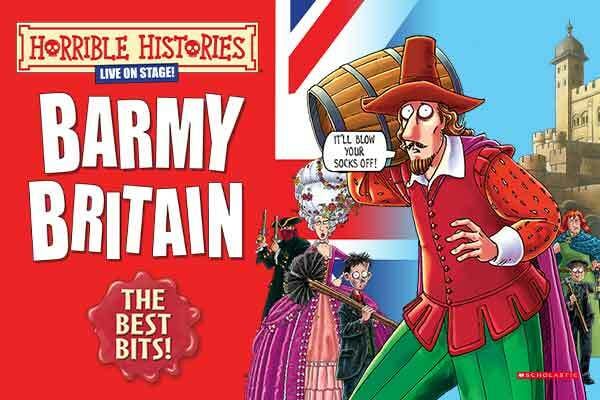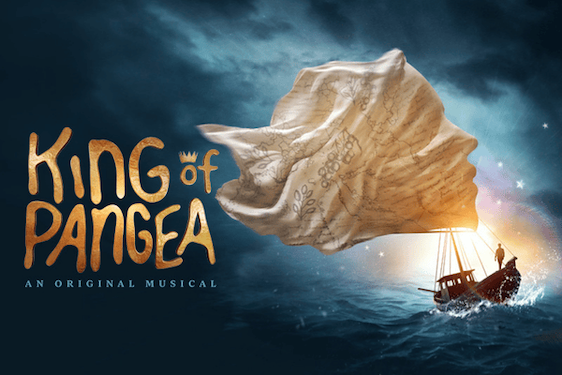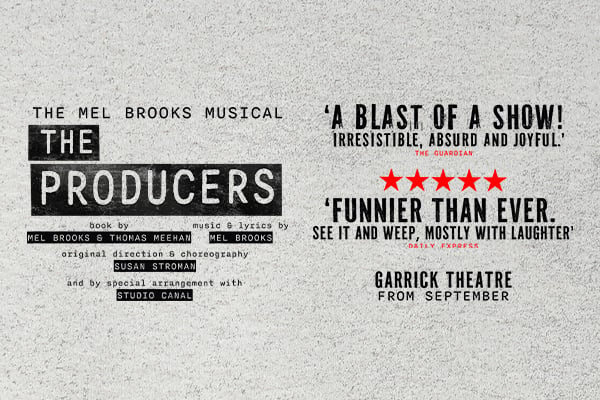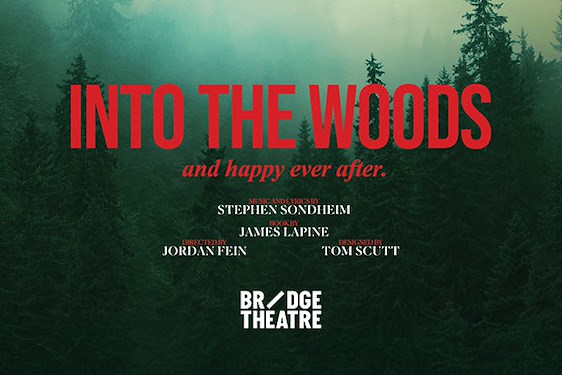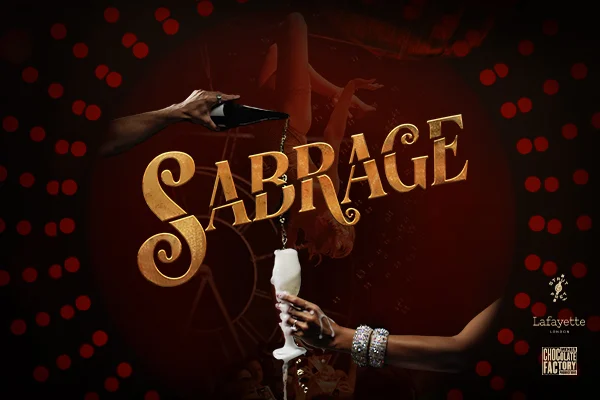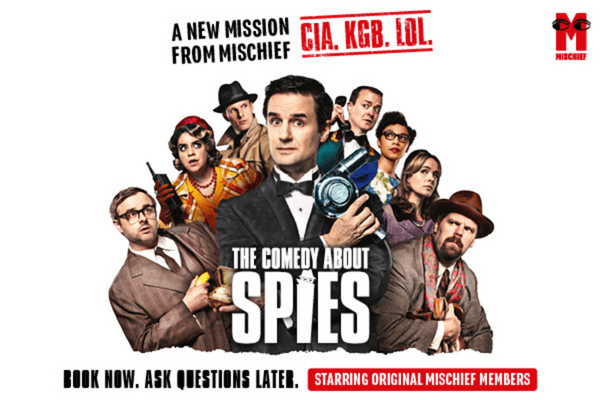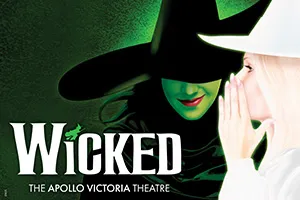This interesting two-hander from writer and director Lucy Bird paints a raucous, vivid picture of a lonely life, that of wage-slave Kate, played by Dru Stephenson, and what happens when fantasy bleeds into the real world. Opening with a sweary Shirley Valentine-esque blast from Kate we quickly learn that that despite her apparent swagger around the office she’s not able to have it all. She’s up for promotion, ‘best man’ at her best mate’s wedding and seemingly in control but the gag gift she’s been given by the groom, the titular blow-up doll, becomes both priest and confessor – “This is the closest I’ve come to a date…ever” – as it comes to life in a Frankenstein/Pinocchio twist and soon her fears and failings are laid bare.
A raucous, vivid picture of a lonely life and what happens when fantasy bleeds into the real world.
Kate is a complex character, seemingly at odds with her ‘one of the lads’ persona and mocked for her lack of feminine warmth. Kate’s interior life is a secret one, filled with romcoms but apparently no sex. With only the disembodied voice of Dave from HR and the worryingly real Doll for company she endeavours to navigate her own happiness, her professional life and her romantic life, or lack of one.
The play starts noisily but slowly with some witty business with the inanimate doll but the first act is ultimately overlong and patchily paced. We know a lot about sweary, single Kate quickly but the action takes a while to get going. The second act is the strength of the play, where the dialogue snaps and crackles and the pair try to avoid Doll getting popped. George Attwell Gerhards as Doll is fantastically physically expressive and gets some of the best lines too, “Don’t throw stilettos at inflatable beings” a particular favourite. Once there’s someone non-inflatable onstage to bounce off of Dru Stephenson is able to demonstrate her timing and range, both actors giving effective overall performances. The third act pleasingly resists the urge to clarify whether Doll was merely a fantasy or something else, ending on a note of ambiguity that suits the nature of the play.
Where Me & My Doll excels is with its set pieces – the initial business with the doll, the second act’s songs and dances, the genuinely hilarious Ghost reference – where the cast looked assured. As a preview some rustiness can be excused, a number of funny lines at times lost in the bustle and overall a tendency to get dialogue out in a rush. The script originally ran at 80 minutes and it’s possible that cuts were made for the shorter, Fringe-friendly showing.
There are a number of interesting ideas at work within the play: misogyny and female sexuality; happiness and security; fantasy and reality; mansplaining and relationships and by the end I’m not completely sure if Kate was happier or nearer her goal. However, the sign of a good production is that it asks questions, not necessarily that it provides all of the answers. Definitely worth a look.







